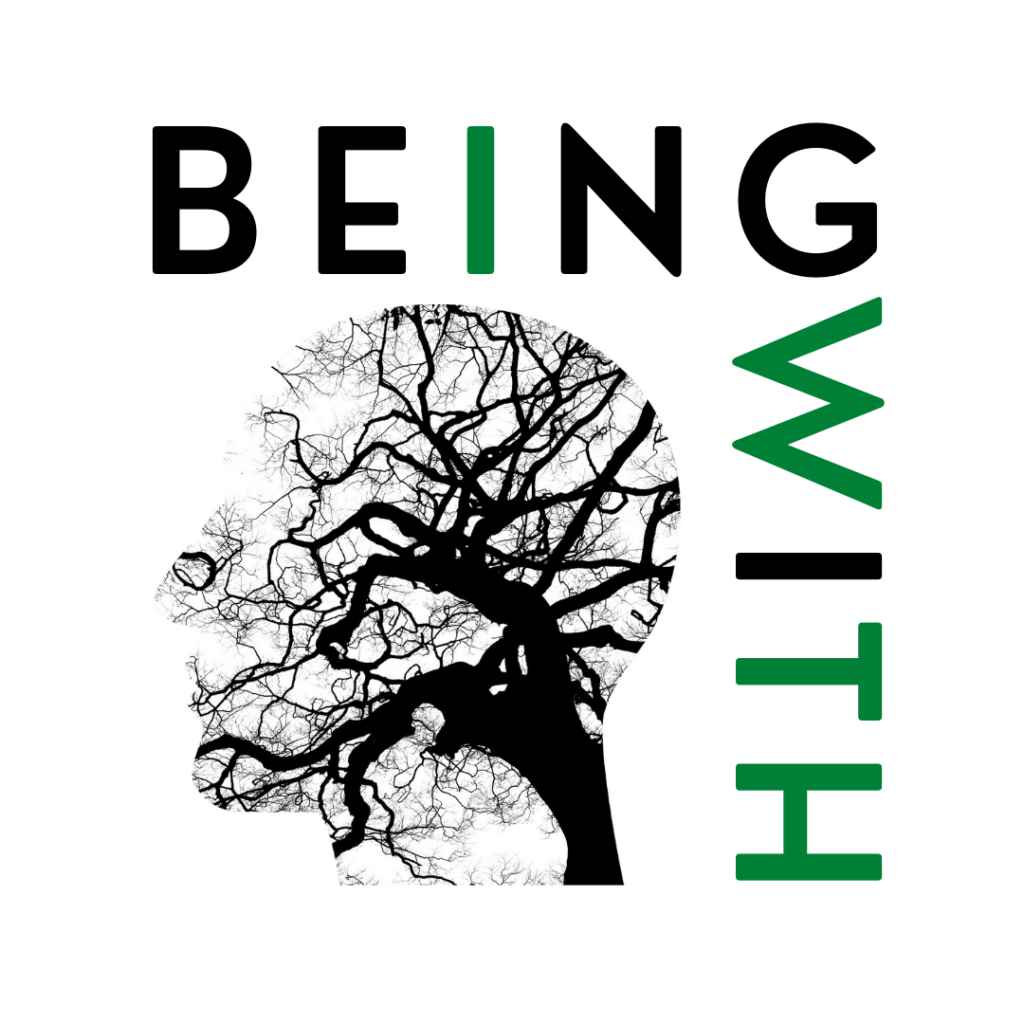What is the “social construction” of reality?
Is everything just relative and subjective?
Is everything just made up?
Or could the social construction of reality have something to do with being made in God’s image?
This is what I’m thinking about as I finish up Lisa Feldman Barrett’s new book, Seven and a Half Lessons About the Brain (I’m working through chapters as part of the launch of the Being With podcast on neuroscience and faith).
Previous Posts:
- Your Brain Is Not For Thinking
- You Have One Brain (Not Three)
- Your Brain is a Network
- Your (Social) Brain Wires to the World
- Your Brain Predicts (Almost) Everything
- Your Brain Works With Other Brains
- Brains Build More Than One Kind of MIND
- Our Brains Create Social Reality
What is Social Reality?
Creating social reality is a uniquely human trait. It is a reality that we place over physical reality.
Let me quote Barrett for a bit on this.
“We all live in a world of social reality that exists only inside our human brains. Nothing in physics or chemistry determines that you’re leaving the United States and entering Canada, or that an expanse of water has certain fishing rights, or that a specific arc of the Earth’s orbit around the sun is called January. These things are real to us anyway. Socially real.” (111)
It is crazy to think, but things come into existence and also cease to exist because a collection of human brains say so.
In 1776 what the social reality known by England as the 13 American colonies vanished. All of a sudden the same land existed as the United States of America.
Barrett notes that “you and I create social reality with other people without even trying, because we have human brains. To the best of our knowledge, no other animal brain can do that—social reality is a unique human ability” (112).
The 5 Cs of Social Reality
According to Barrett, humans create social reality because we have a combination of 5 unique abilities.
Creative: Humans invent different uses and meanings for things.
Communication: Humans are able to share these ideas, uses, and meanings with other people, mostly through language.
Copying: Humans pass on to others what they learn.
Cooperation: Humans are more cooperative than competitive, and work together on vast projects using creativity and communication.
Compression:Humans compress information to maximize creativity and communication.
What is Compression?
What Barrett calls “compression” is a particularly unique human ability. Compression allows for the sophistication of language and creativity in humans.
Compression is why we can have social reality.
Think of a detective investigating a car crash.
After interviewing all the witnesses, he summarizes the different views, linking together what is common and discarding what is irrelevant.
The detective is compressing all the information into a smaller, more essential, and more relevant packet of information.
Brain and Compression
The way this works in the brain is that smaller neural networks process information (say audio information from our ears).
This smaller network reduces redundancy (from the two ears) and summarizes the information (say, filtering out background noise and focusing on a voice). This smaller neural network then passes this compressed packet of information to a larger neural network in the brain.
This compressed audio packet is joined to a compressed visual packet (of the speaker of the audio information). The facial expressions and hand motions information is compressed to the essentials.
And maybe your memory is passing forward compressed memories of this person and a similar interaction.
All of the visual, auditory, and memory information would be both overwhelming and extremely slow if it was given in all its detail. It would be so overwhelming that it wouldn’t have any meaning at all.
So the brain compressed all the information into essential packets.
This compression may sound like we are losing reality. But this is actually how reality is created (or constructed) for us.
Abstract Thinking and Compression
This compression is what makes abstract thinking possible. It helps us find what is common in things that seem so different.
And it is what makes social reality possible.
“We have the capacity to see things in terms of their function, not just heir physical form. Abstraction lets you view objects that look nothing alike—such as a bottle of wine, a bouquet of flowers, and a gold wristwatch—and understand them all as “gifts that celebrate achievement.” Your brain compresses away the physical differences of these objects and in the process, you understand that they have a similar function.” (117)
“In short: the wiring of your cerebral cortex makes compression possible. Compression enables sensory integration. Sensory integration enables abstraction. Abstraction permits your highly complex brain to issue flexible predictions based on the functions of things rather than on their physical form. That is creativity. And you can share these predictions by way of communication, cooperation, and copying. That is how the Five Cs empower a human brain to create and share social reality.” (118)
Social Reality and the Human Difference
What makes humans so different? Social reality does.
Here is a list of Barrett’s differences (from p. 119).
Singing: Birds sing songs. But humans have songs for holidays, church, and funerals.
Killing: Meerkats teach their offspring to hunt and kill. But humans know the difference between accidental killing and murder, and give out different punishments for each.
Eating: Rats teach each other which food is edible food by marking it with an odor. Humans have food that is serviced as an appetizer, a main dish, and a dessert, with different utensils used for each part of the meal.
Basically, humans press physical reality past its mere form into a new social function.
This is social reality.
The 5 Cs and the Imago Dei (Image of God)
People have been arguing about what it means to be made in the image of God for a long time (Gen. 1:26-27).
Some say the image of God in us is reason, or creativity, or will, or relationality.
Perhaps it is having such an advanced capacity for compression, because compression (and abstraction) leads to reasoning, creativity, and relationality.
But exploring that idea would take another post altogether.
Don’t miss any neuroscience and faith summaries of Barrett’s work. Please subscribe to my newsletter (here or above in the sidebar) and/or listen to Being With: On Neuroscience and Faith.


